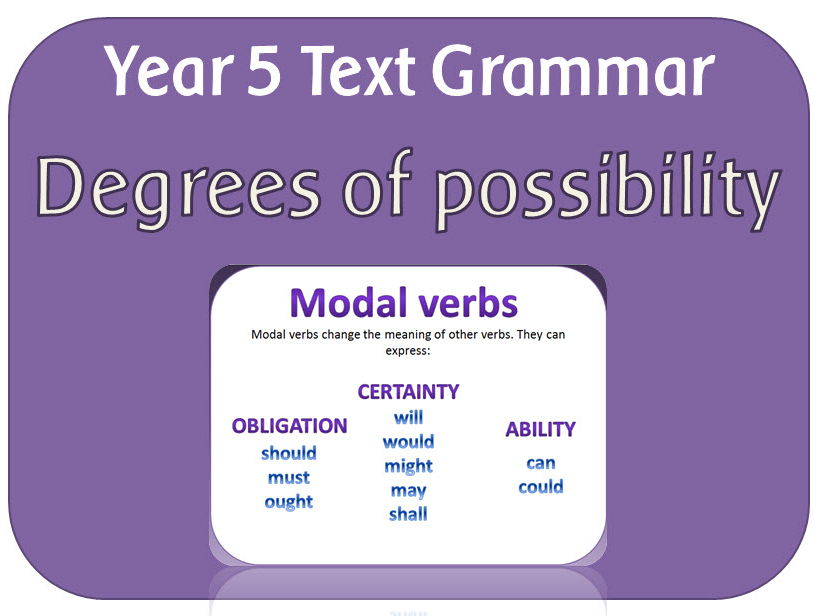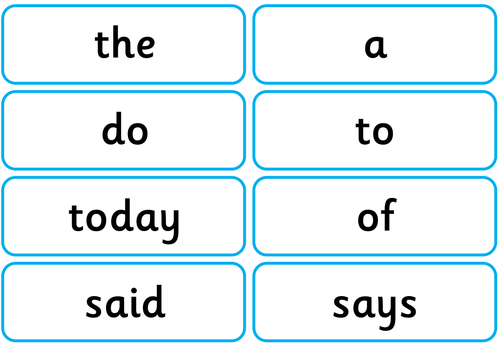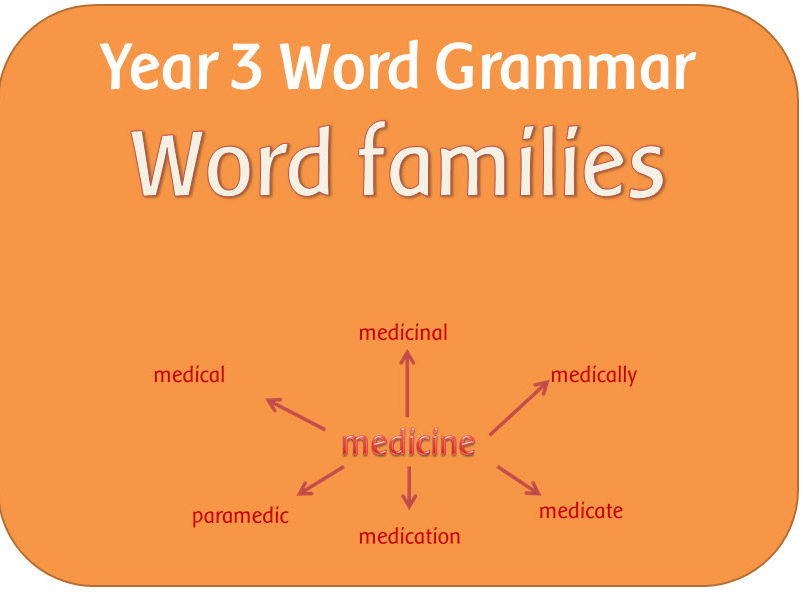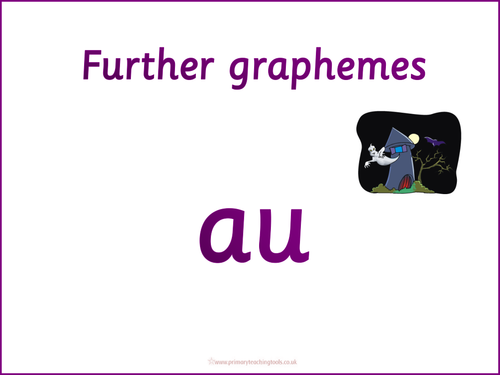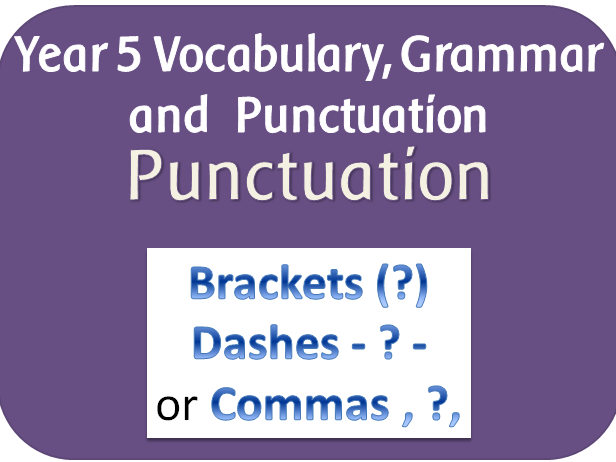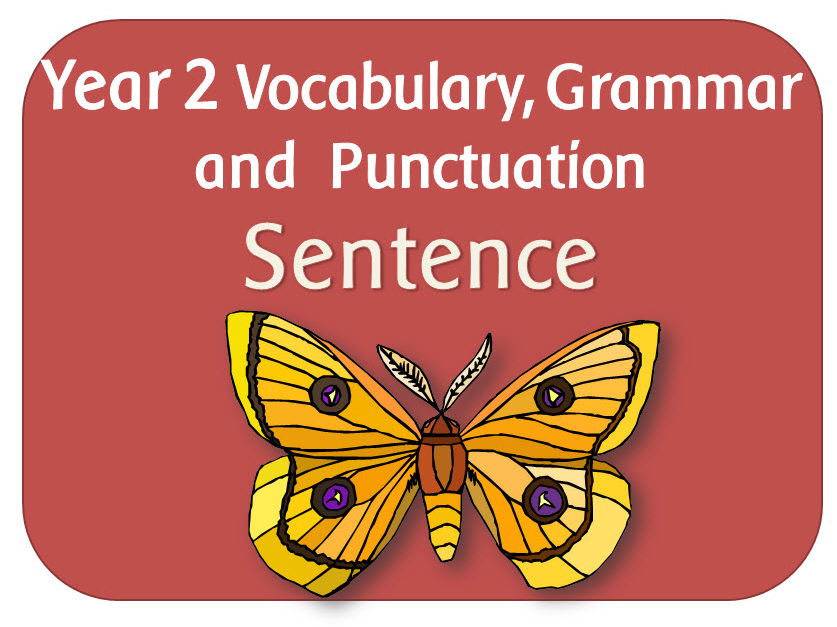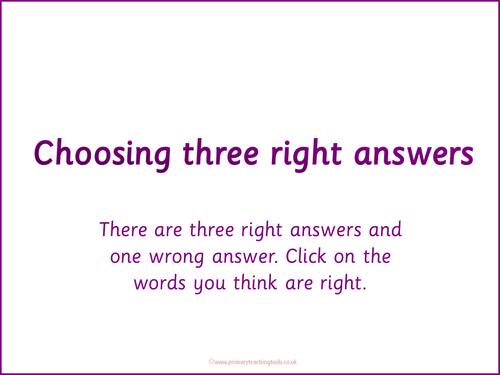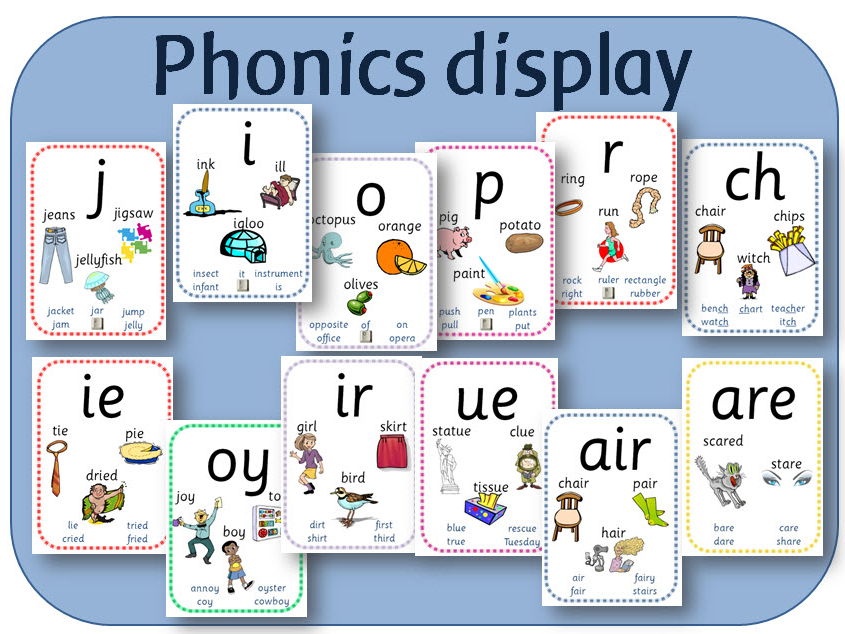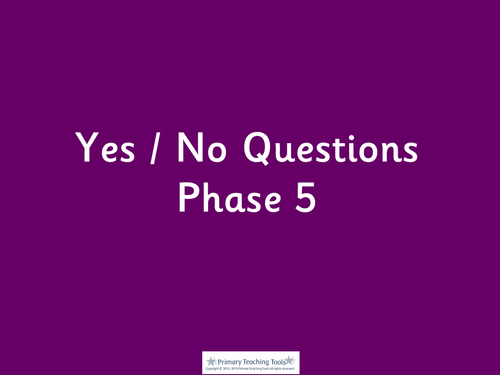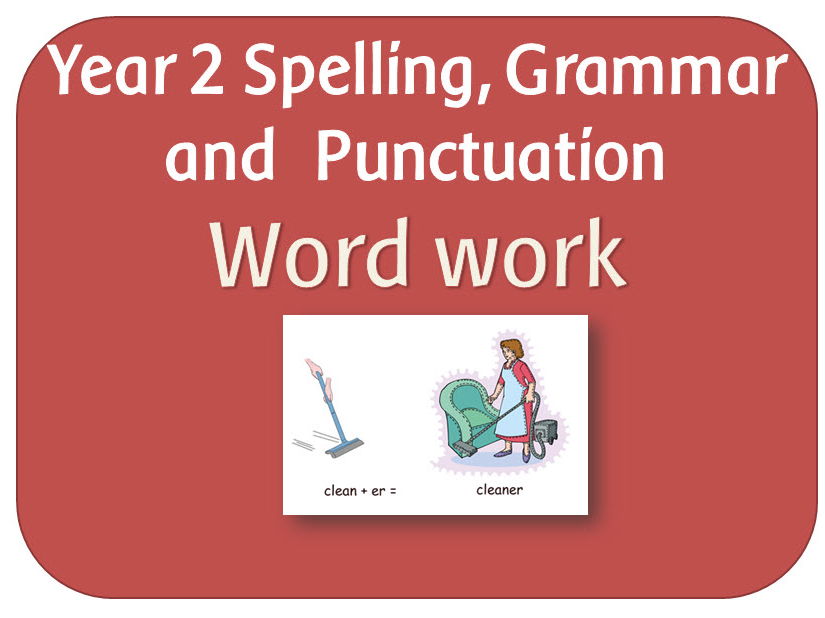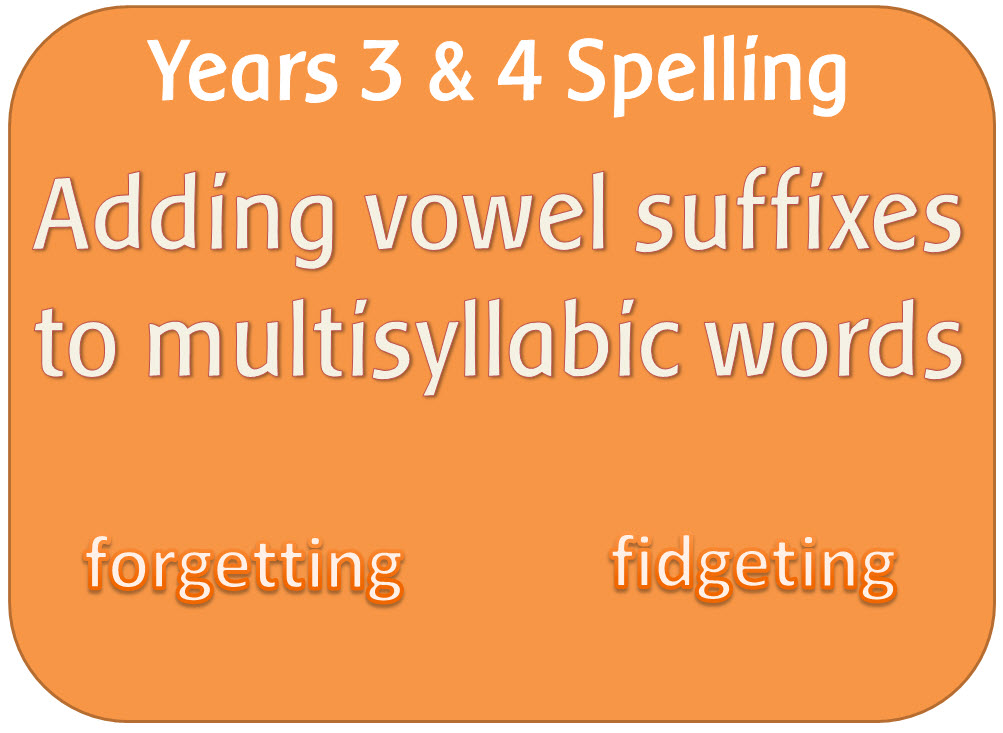
404Uploads
1066k+Views
681k+Downloads
English language arts

SPaG Year 5 Sentence Grammar: Degrees of possibility using adverbs or modal verbs
A powerpoint teaching about how to indicate degrees of possibility using adverbs or modal verbs might, should, will, must.

SPaG Year 3 Grammar: Use of the forms a or an
A powerpoint explaining when to use a and when to use an, with an interactive activity for the children to choose the correct form.

SPaG Year 3 Grammar: Word families based on common words
3 POWERPOINTS:
Words and families: Explains what word families are and how to make them. It follows with 10 common exception words and related words .
Roots, affixes and word families: Explains how word families can be built by using affixes. Gives examples of the word family related to the word 'act' and also the word 'light'.
Word families: Building words using a matrix of prefixes, root words and suffixes.
PDF WORKSHEETS & ACTIVITIES:
Cards (x6 – act/give/light/pass/press/sign) containing words belonging to each word family
Word derivation sheet – blank
Word family – give
Word family – pass
Word family –press
Word family –sign
Word list – Latin root words and families (extension work)
Plus a Y3 VG&P plan

Letters and Sounds Phase 5 Phonic pack: graphemes au and ey Powerpoints
For each grapheme there are 2 powerpoint files:
READING AND WRITING POWERPOINT:
The new grapheme is introduced and followed by different words which contain the grapheme. The second part consists of words that can be hidden by the corresponding pictures so that the children can spell the word and check if they are correct.
WRITING SENTENCES POWERPOINT
Each sentence contains words with the newly learned grapheme, with an option to hide or show it.
Plus 2 Smartboard files with reading activities

SPaG Year 5 Punctuation: Parenthesis (brackets, dashes, commas) and commas to clarify meaning
This pack contains 2 powerpoint lessons:
Parenthesis: How brackets, dashes or commas can be used to indicate parenthesis.
Commas: Gives examples of what can happen if commas are omitted, and how they are important to the intended meaning.

SPaG Year 2 Sentence: Expanded noun phrases for description and specification
A PowerPoint demonstrating how to add adjectives to make expanded noun phrases. Ends with different pictures for the children to add words to describe and specify.

SPaG Year 2 Spelling: A recap of the rules for adding suffixes
A powerpoint looking at the rules learnt so far for adding suffixes beginning with vowel letters.

Letters and Sounds Phase 5 - Choosing three right answers powerpoint
An interactive powerpoint to play the '3 right answers' game.

Year 2 Common Exception Word mat
A word mat containing the common exception words to be learnt in Y2 - there are 2 mats per A4 page.

Phonics flashcards
A set of 76 phonics display/flashcards to use in KS1.
There are 2 A5 cards on a page. Each card contains pictures and a list of words including the relevant common exception words for Year 1.
The first set contains the letters of the alphabet.
The second set contains the consonant digraphs and vowel digraphs and trigraphs in the Y1 Spelling appendix.
The third set contains extra graphemes identified in the Letters and Sounds phonics programme.

Letters and Sounds Phonics tracking assessment booklet Phases 2 - 6
This is a 9 page booklet in Microsoft word and a copy in pdf which assesses phases 2, 3, 4, 5 and 6. It is written in Sassoon Infant font which is embedded in the file so will work even if you do not have it installed on your computer.
It includes assessment of letter sounds; tricky words; CVC words; non-word reading tasks; oral blending and oral segmentation; consonant digraphs; vowel graphemes; letter formation; alternative pronunciation for graphemes; alternative spellings for phonemes; and progression of reading skills in phase 6.
The Microsoft Word file can be edited and changed if needed.

Letters and Sounds Phase 5: Yes/No questions
A Yes / No question powerpoint that can also be printed out.

SPaG Year 5 & 6 Spelling: Use of the hyphen
A powerpoint lesson and a jigsaw activity to teach the spelling guidelines:
Hyphens can be used to join a prefix to a root word, especially if the prefix ends in a vowel letter and the root word also begins with one.

The Frog Prince Fairy Tale - interactive powerpoint story and characters to print
A story of the Frog Prince for the whiteboard, with props and characters for role play.

SPaG Year 4 Word Grammar: Standard English forms for verb inflections
A powerpoint looking at how suffixes change the way verbs work, with some examples of standard English to use in writing rather than local spoken forms, plus a list of irregular verbs.

SPaG Year 2 Spelling: the /n/ sound spelt kn and gn
A set of resources looking at the /n/ sound spelt kn and gn at the beginning of words.
POWERPOINT: Explains the spelling and gives a short explanation of why these types of word exist, then gives examples for the children to read. Then there is a spelling activity, using a look, hide and check format
BINGO: Two sets, kn words and kn and gn words
CARDS: Matching cards with words and pictures
WORDSEARCH: kn words
WORD DOCUMENTS: Lists of words and a planning document.

SPaG Year 2 Word: Formation of nouns using suffixes such as -ness and -er and by compounding
The pack recaps what suffixes are and explains how to form nouns using the suffixes -er and -ment and by compounding. Also included is a list of compound words and 2 sets of jigsaw cards.
INTRODUCTORY POWERPOINT
What are suffixes: Explains what they are and what meaning they add to words
FORMATION OF NOUNS USING SUFFIXES: er, ment, ness
POWERPOINTS: The three resources below recap on what a suffix and a noun is, then explain what each suffix means, and what effect it has on words. They ask the children to add the suffix to words and explain how the meaning has changed.
Formation of nouns using the suffix er
Formation of nouns using the suffix ment
Formation of nouns using the suffix ness
ACTIVITIES
Jigsaw cards er ness and ment - to make words
FORMATION OF NOUNS BY COMPOUNDING:
POWERPOINT
Formation of nouns by compounding: Explains what compound nouns are, then gives lists of words to make new compound nouns.
ACTIVITIES
Creating compound words: For the children to make words
Compound word list

SPaG Year 3 & 4 Spelling: Adding suffixes beginning with vowels to words of more than one syllable
A lesson explaining the rules of how to add vowel suffixes to words of more than one syllable, plus activities and a word list.

